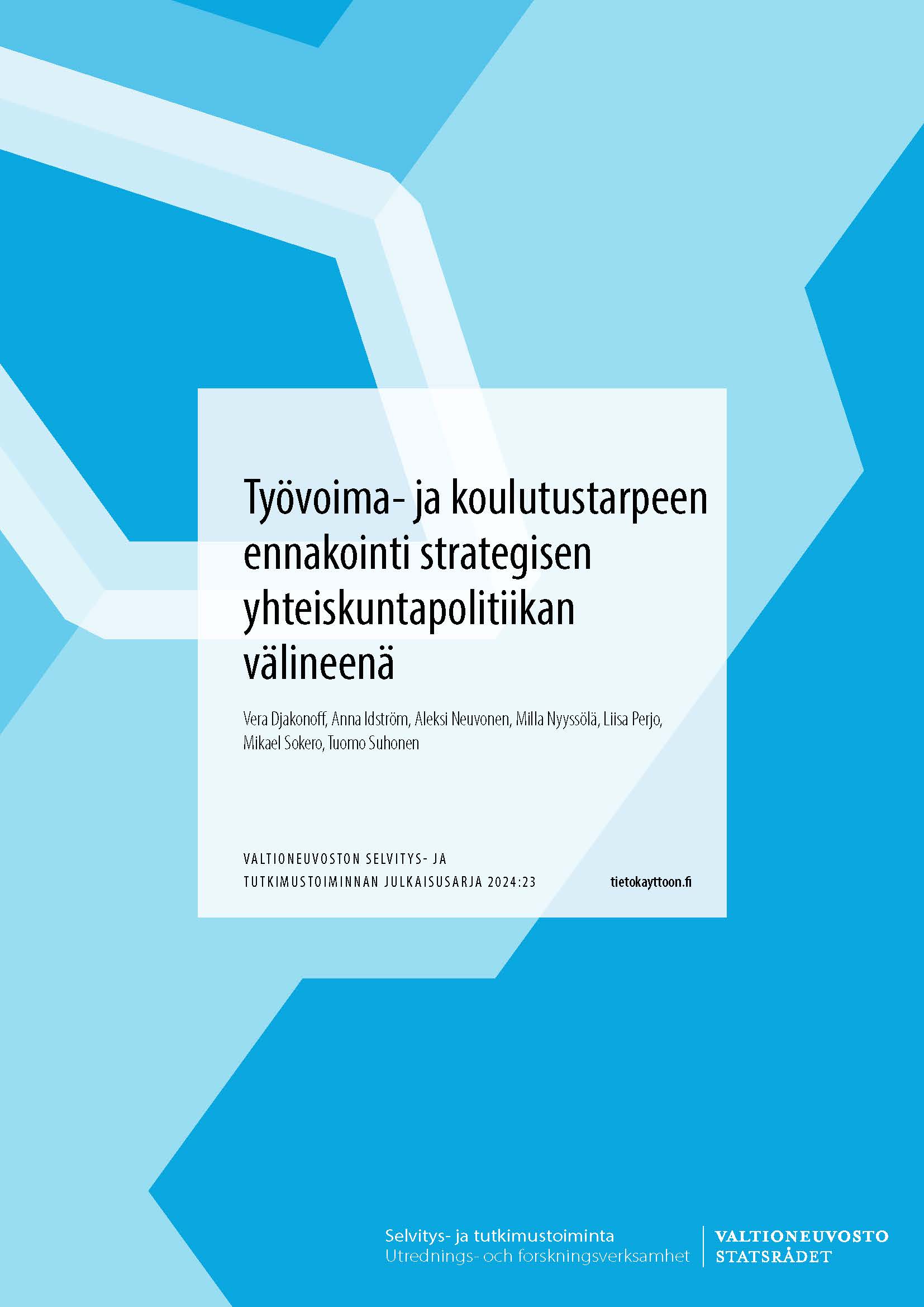Alternative pathways to complete an upper secondary education
Abstract
This report uses register data to describe individuals who have completed a dual qualification from upper secondary education, how this dual qualification is associated with subsequent educational and labor market outcomes and examines the effects of the youth experiment conducted between 1992 and 2001.
In 2020, approximately 1 700 dual qualifications were completed. Those who completed a dual qualification are more likely to be female and, in terms of age and the grades in last grade of basic education, closer to the average matriculation examinee than to a person who has completed a vocational qualification.
Compared to those who have completed only a matriculation examination, those with a dual quali-fication are less likely to complete a higher education and earn less by the age of 35. Compared to those who have completed only vocational education, individuals with a dual qualification are more likely to complete a higher education degree and their incomes exceed that of those with voca-tional education by the age of 26–28.
The youth experiment increased cooperation between schools and the elective nature of studies. The reform increased men’s enrollment in upper secondary school and decreased the completion of vocational qualifications and dual qualifications by the age of 20. No effects on labor market outcomes for men or women were observed in the examination.
Publication Information
Kalmbach, A., Karhunen, H., Ollikainen, J.-P., Suhonen, T. & Virtanen, H. (2024), Toisen asteen koulutuksen suorittamistapojen vaikutukset, Publications of the Government´s analysis, assessment and research activities 2024:17.
- ISSN: 2342-6799 (Online)
- ISBN: 978-952-383-431-6 (Online)

- Hannu Karhunen
- Research Leader
- Tel. +358-40 940 2779
- hannu.karhunen@labore.fi
- Profile

- Jani Kuhakoski
- Senior Researcher
- Tel. +358-40 940 2697
- jani.kuhakoski@labore.fi
- Profile

- Tuomo Suhonen
- Research Director, Research Leader
- Tel. +358-40 940 2916
- tuomo.suhonen@labore.fi
- Profile


